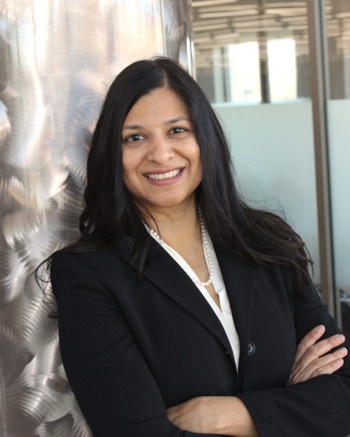How would you evaluate HCPS' efforts to reduce achievement gaps between students of different races and backgrounds? Does more need to be done?
Taj: HCPSS has made progress in reducing the achievement gap but work remains. We know this gap leads to higher dropout rates, lower post-education wages, increased poverty, un-/under-employment, and social/emotional risks. A number of data-driven interventions with proven success could help break this cycle. These include: 1) Pre-K - based on 22 studies, children under five who participated in classroom-based early childhood education programs were less likely to be placed in special education, less likely to be held back a grade, and more likely to graduate from high school compared to peers who were not in such programs; 2) educator diversification - research shows that when students of color have a teacher of color, attendance, academic achievement, enrollment in GT courses, and lower disciplinary action result. Teachers of color also tend to stay longer in high-needs schools, which brings more stability to the school; 3) Implicit bias training - African American, Native American, Latinx, and special education children are disciplined at much higher rates than normal. Training will help correct these inequitable rates of suspension; 4) engaged, reflective curriculum - students do better when they are able to see themselves and their cultures in the curriculum. As a professor, I’ve seen firsthand how transformative this relatively simple effort can be in awakening a student’s curiosity, engagement, and academic success.
SHARE THIS ANSWER
